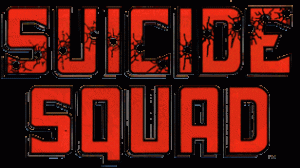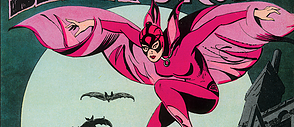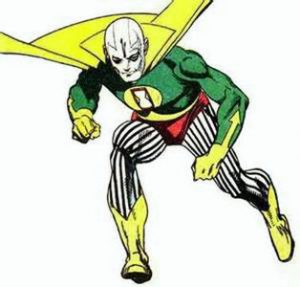Those that are About to Die – An Examination of the Suicide Squad, Part Three


A lengthy re-read and discourse on the DC comic book title Suicide Squad and all subseries.
Suicide Squad issue 4 is titled “William Hell’s Overture”, another done-in-one tale expanding on the mission of the Squad, this time within the borders of the USA and the DC Universe version itself. Focusing on a costumed vigilante in Central City calling himself ‘William Hell’, who fights with a tricked-out crossbow, the Squad is pressed into service to ruin this supposed hero for the people. Amanda Waller’s Intel is that William Hell is the alter-ego of a racist, rich politician known as W. James Heller and he needs to be put down before mass race riots start within Central City.
The entire concept of this mission is interesting in that the book’s multi-ethnic characters have a polarizing effect upon the plot, and as such possibly the reader. It gets pretty ham-fisted at points largely due to the shortness of the tale, which is, in retrospect, one of the weakest of John Ostrander’s Suicide Squad issues. Captain Boomerang is used to infiltrate an organization of all-white criminals ostensibly led by William Hell and it’s a little difficult to determine when he’s overacting due to his incompetence or when Ostrander felt the need to use as much Australian slang as he could to really drive home the fact Boomerang is not American.
Coming into the Squad as team members for this mission are the mysterious, rarely seen Black Orchid, a character that would rise to new heights of popularity once she was brought over to the “Vertigo-verse” of DC publications and the colorful villain Chronos, who uses time-dilation machinery to execute his creative criminal activities. Chronos would move on after this issue, having served his country in a fairly disproportionate amount of risk compared to others on the team. Black Orchid, ever the mysterious figure, will figure into later issues as well.


Some of the story ends up being a brief look into the life history of Floyd Lawton, Deadshot. Lawton and Heller have some backstory together, both having been raised in privileged families. Lawton goes all-out here, after taking a breather during last issue’s attack on Belle Reve Prison by the Female Furies. It becomes instantly apparent that Deadshot is going to be a force to be reckoned with in the Squad, a usually taciturn gunslinger with little to care for other than his own goals.
The mission is a complete success, using fully clandestine means to ruin W. James Heller and undermine the methods of his alter ego William Hell in ways that may seem obvious and silly at first, but will pay off in much larger ways further into the series. Yes, cue the ominous music here. If nothing else, this issue is excellent ground work for a later story!
“William Hell’s Overture” is a transitional tale on the creative front. Karl Kesel ended up having to leave the title, and newcomer Bob Lewis took over his work. Kesel is an exceptional artist in his own right and sometimes overshadows the work of Luke McDonnell – not always a bad thing from a reader’s viewpoint. Bob Lewis definitely adds more dark, thick lines that give McDonnell’s pencils a heavier look, which actually helps the art during some stories, including the upcoming trip to Mother Russia. So, readers welcome aboard Bob Lewis, eventually a journeyman inker who went on to work all over the place.
A heavy-duty two-page lettercol is published in this issue, which is to become practically standard fare for DC comics during this time period. Long letters of comment are frequent, with then-famous letterhacks such as TE Pouncey, Carol Strickland and Delmo Walters, Jr. before he became “the Saint” getting printed. In one response from Bob Greenberger, a mini-series for the former Charlton character Sarge Steel, prominently associated with Task Force X and all subsidiaries after the Legends series, is mentioned as being written by Max Allan Collins and drawn by Dick Giordano. I wonder what ever happened to that?
“William Hell’s Overture” is an interesting use of the Squad on native soil, with no deaths and little more than a covert op done well. It doesn’t do a whole lot to advance the overall plot, but it’s a character-driven break before another international trip, and one that definitely goes south for the team.



©2018 Pint O’ Comics | About Us | Contact Us | Site created by One Flight Up Design